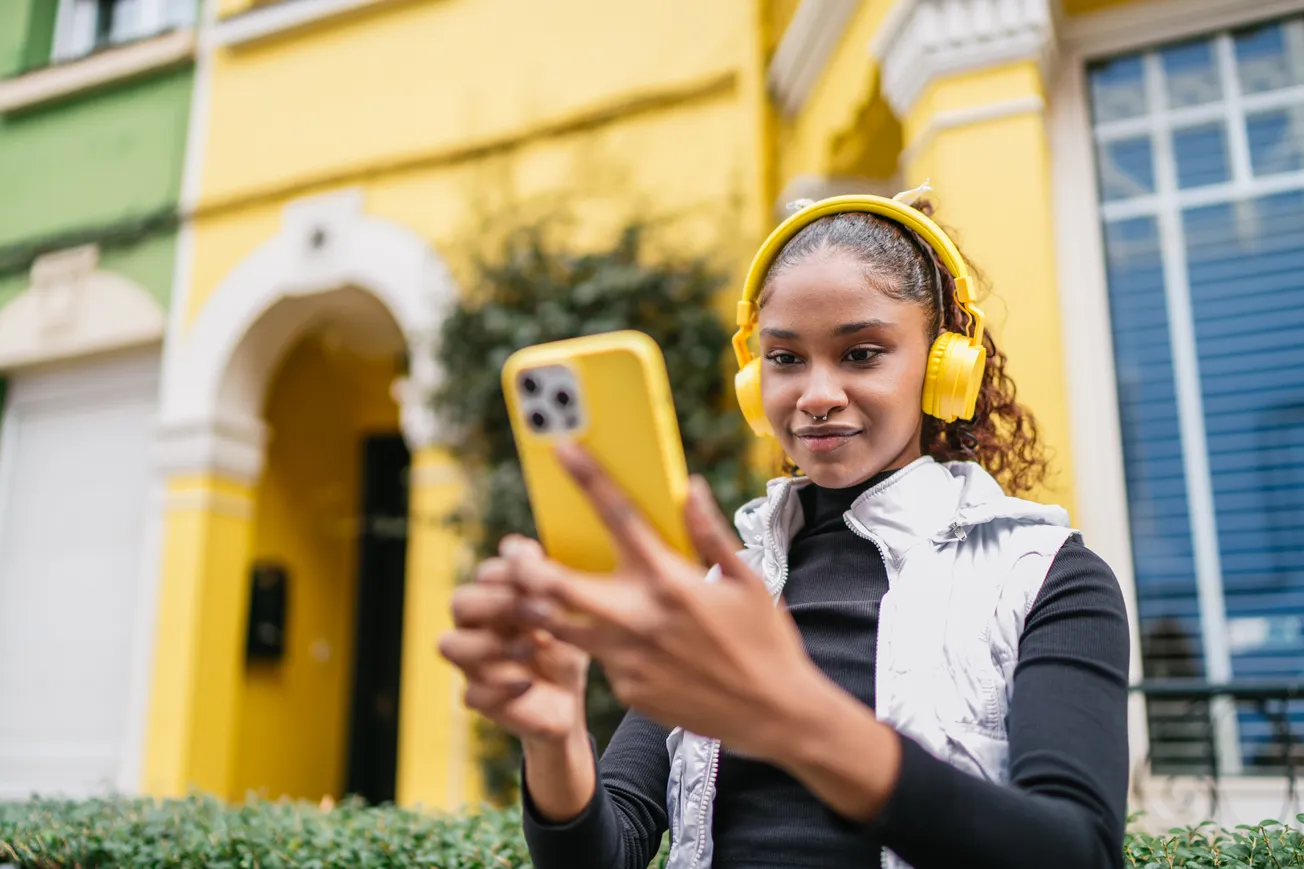The podcast advertising market is forecast to reach nearly $2.5 billion in 2024, underscoring a rapid expansion across platforms and ad types.
This surge highlights podcasting’s evolution into a core channel for brands seeking diverse and engaged audiences, a shift supported by innovations in video podcasting, dynamic ad insertion, and AI-powered personalization.
As podcasts integrate more video content, platforms like YouTube are increasingly popular for podcast listeners, reshaping how advertisers think about multimedia engagement and cross-platform strategies.
Podcast advertising is becoming a central pillar of digital ad spending, spurred by the high engagement rates of podcast listeners and the platform's ability to target specific audience demographics effectively.
According to the Interactive Advertising Bureau, podcast ad spending continues its year-over-year growth, with projections of reaching up to $2.5 billion in 2024. This growth rate surpasses other digital advertising channels, signaling that brands see value in podcast advertising’s unique attributes, such as intimate host-read ads and dynamic ad options that allow for contextual targeting.
A major factor in podcast advertising’s growth is the shift toward video podcasting. YouTube has emerged as one of the leading platforms for podcast consumption, reflecting an increasing demand for visual content among listeners.
According to Cumulus Media and Signal Hill, YouTube’s rise as a podcast platform has been swift; it transitioned from being the third-most-popular podcast app in 2021 to the top spot by 2023. YouTube’s reach and infrastructure have positioned it as a major hub for video podcasts, allowing shows to engage viewers and listeners in a dual format.
The impact on advertisers is significant, as video podcasts open up new possibilities for ad formats, including visual overlays, product demonstrations, and brand placements that enrich the storytelling aspect. Brands can now integrate their ads into the visual medium, creating more immersive ad experiences.
Platforms like Riverside.fm and StreamYard are optimizing tools for high-quality video production, making it easier for podcasters to deliver polished video content. As video podcasting grows, brands are likely to incorporate these ads in ways that align with both audio and visual formats, appealing to audiences who consume content across multiple media.
Host-read ads continue to be a cornerstone of podcast advertising, with a unique ability to drive trust and credibility among listeners. According to research from Cohost, 72% of listeners prefer ads that are read by hosts, indicating the perceived authenticity of these endorsements. This type of advertising has gained popularity not only for consumer goods but also for niche sectors like wellness and personal finance, where host-read ads can resonate with listeners on a personal level.
A case in point is the collaboration between Brewdog and That Peter Crouch Podcast, which led to the creation of “LAOUT,” a limited-edition beer inspired by the podcast’s in-jokes. This partnership exemplifies how host-read ads, combined with brand collaborations, can extend beyond digital ads to create physical products that capitalize on podcasting’s unique culture of loyalty and engagement.
Dynamic Ad Insertion has transformed podcast advertising by enabling brands to place ads at relevant points within episodes based on contextual and demographic data. DAI technology allows ads to be updated dynamically across the podcast library, so listeners can hear ads that are timely and aligned with their interests. This personalization increases listener engagement, as ads feel less interruptive and more relevant to the content they are consuming.
Platforms like Acast and Spotify are at the forefront of DAI advancements. Acast’s Proximity by Comscore, for instance, lets brands reach target audiences using first-party data, a crucial capability as advertisers prepare for a future with limited cookie-based tracking. These innovations have proven effective in making DAI a powerful tool for brands across industries, including tech, finance, and lifestyle, to connect meaningfully with podcast audiences.
AI is enhancing podcast advertising by enabling deeper personalization and efficiency. AI tools are increasingly used for ad placement decisions, automated transcriptions, and content segmentation, allowing advertisers to target specific episodes or even segments of episodes where their product or message is contextually relevant.
For example, Descript and CoHost offer AI-powered transcription services that help podcasters and advertisers repurpose podcast content into articles, social media snippets, and visual graphics, broadening audience engagement beyond the audio-only space.
AI-driven personalization is also enabling brands to tailor calls-to-action based on listener behavior, creating a smoother path from ad engagement to conversion. In 2024, as more brands adopt AI tools, these capabilities are expected to become more sophisticated, supporting a dynamic ad ecosystem that maximizes ad relevance without compromising the listener experience.
With podcast listeners diversifying their media consumption habits, cross-platform strategies are becoming essential for brands to reach audiences wherever they consume content.
Brands like Headspace and Calm exemplify how multi-channel campaigns can keep audiences engaged across podcasts, apps, social media, and video content on platforms like YouTube. By diversifying their presence, these brands build a cohesive experience that follows listeners across touchpoints, enhancing brand recognition and engagement.
As podcasts become multimedia experiences, advertisers are increasingly adopting a “surround sound” approach, ensuring their messages are seen and heard on several channels. This integration across formats strengthens podcasting’s role within larger media campaigns, especially as the lines between audio, video, and social media blur.
As more brands flock to podcasting, ad loads are increasing, which may lead to ad fatigue if not managed effectively. Listeners accustomed to minimal interruptions may find it jarring if podcast episodes become over-saturated with ads. To maintain listener engagement, platforms are exploring ways to cap ad loads and place ads strategically to minimize disruption. Furthermore, with DAI becoming widespread, ensuring ads align with the tone and values of the content remains a top priority.
Brand safety is another crucial aspect, particularly for brands in regulated industries like finance and healthcare. To address these concerns, platforms like Magellan AI are incorporating brand safety standards that ensure ads are placed within appropriate content, avoiding potential misalignments that could damage brand reputation.
As younger demographics like Gen Z increasingly turn to podcasts, advertisers are likely to adopt more value-driven messaging, supporting socially conscious podcasts and promoting brands with a purpose. Additionally, the convergence of video and audio podcasting will open up new creative opportunities for ad formats that engage audiences in multifaceted ways.
AI and machine learning are expected to refine the ad targeting process further, enabling brands to reach listeners at the exact moments they’re most receptive to particular messages. As these technologies mature, they will enable advertisers to measure the impact of podcast campaigns more precisely, optimizing ad spend and enhancing listener engagement.










